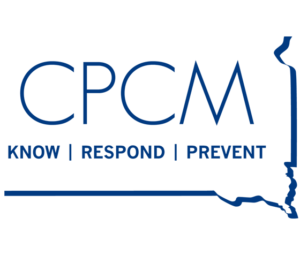South Dakota’s Center for the Prevention of Child Maltreatment’s 2025 public policy statements cover key policy initiatives for South Dakota. These positions emphasize prevention, family support, reporting procedures and data-driven policymaking. Our priorities are based on the CDC’s evidence-based framework for child abuse and neglect prevention strategies. The following statements were established because they reduce risk factors and increase protective factors associated with child abuse and neglect prevention.
2024 Public Awareness Initiative
Our 2024 Public Awareness Initiative focused on highlighting the urgent need to protect children in the digital age by educating legislators, parents, and communities about risks children face online such as exploitation, exposure to harmful content, and privacy concerns for our youth. As technology becomes an integral part of childhood, raising awareness ensures that families are better prepared to mitigate these dangers and advocate for safer online spaces. This initiative is vital to building a collective effort to safeguard children’s well-being in an increasingly connected world.
Resources
Bills: To view a full listing of the 2025 Legislative Bills, visit the SD Legislative Research Council webpage.
Legislators: There are 70 Legislators serving in the House of Representatives and 35 Legislators serving in the Senate. You can find your Legislators on the SD Legislative Research Council webpage. A complete listing of 2025 Legislators can also be found on the SD Legislative Research Council webpage.
Committees: There are 26 total standing committees (13 in each house, divided by subject matter). The primary function of a standing committee is to consider each bill or resolution assigned to the committee and to make a specific recommendation on what action should be taken regarding the bill or resolution. Following the introduction and first reading of a bill in either house, the presiding officer assigns the bill to a committee based on the subject matter. Generally, bills dealing with certain subjects are assigned to the same committee. You can find out which committees your Legislators serve on by visiting the SD LRC webpage.
Schedule: The regular schedule and room assignment for standing committees is located HERE. For an up-to-date listing of committee schedules and agendas, click HERE. The SD Chamber of Commerce and Industry provides the annual legislative handbook.
Visiting the Capitol: Members of the public are welcome to visit the State Capitol during legislative session. To view a guide for planning your trip and knowing what to expect, visit the LRC website HERE.


